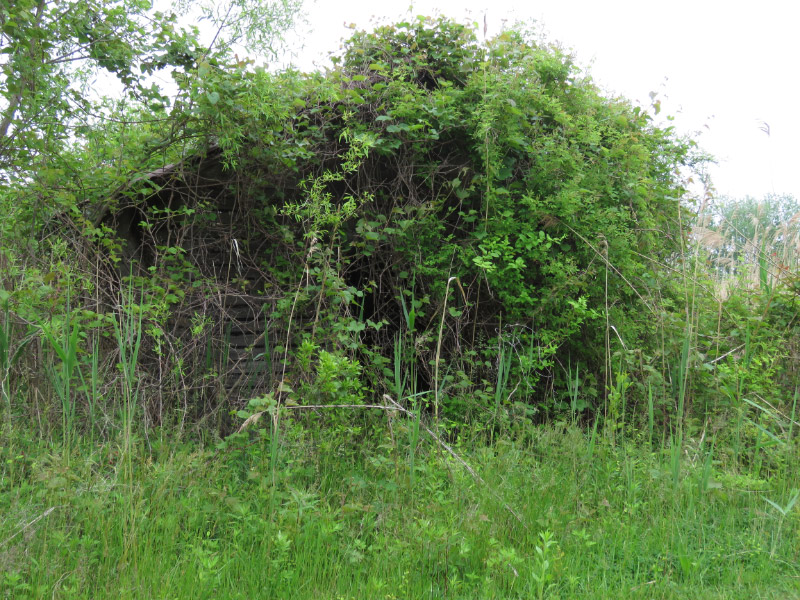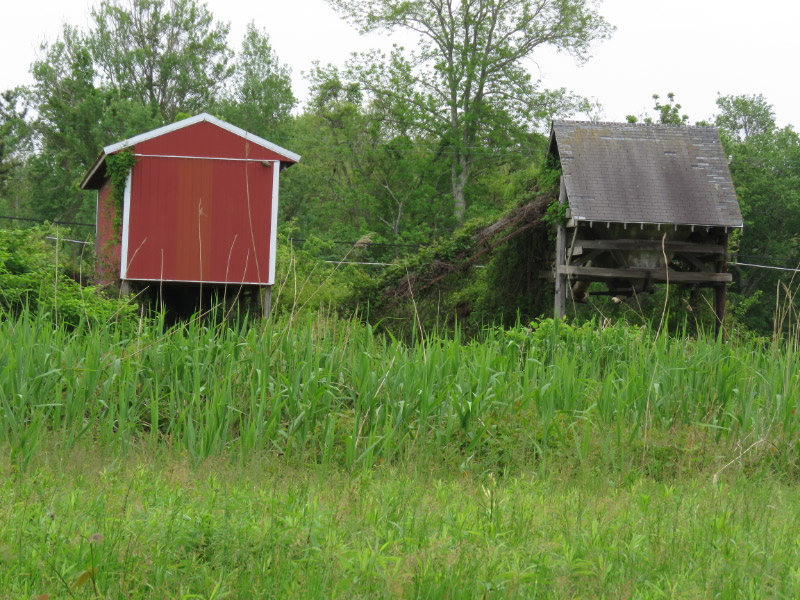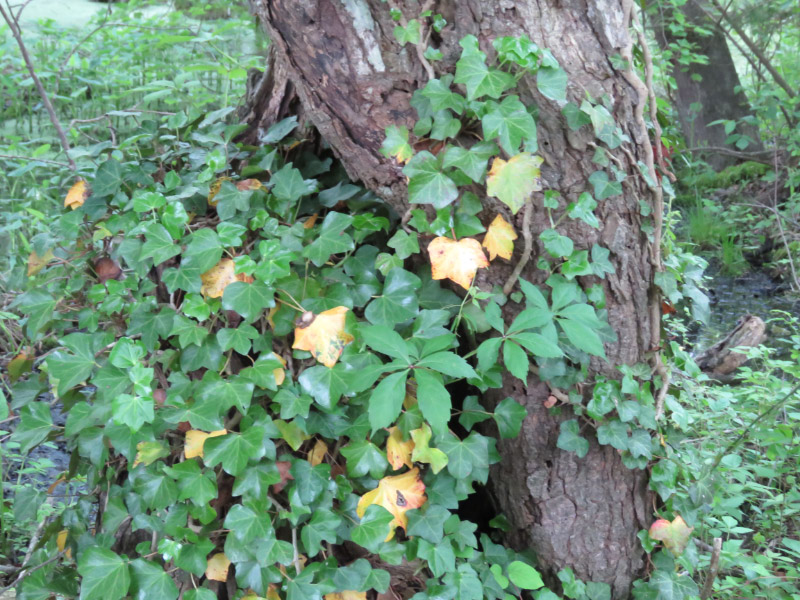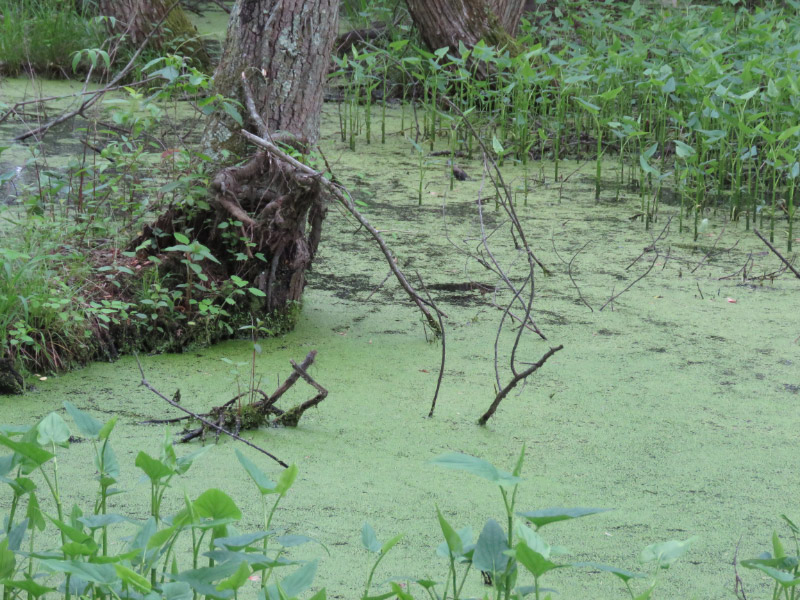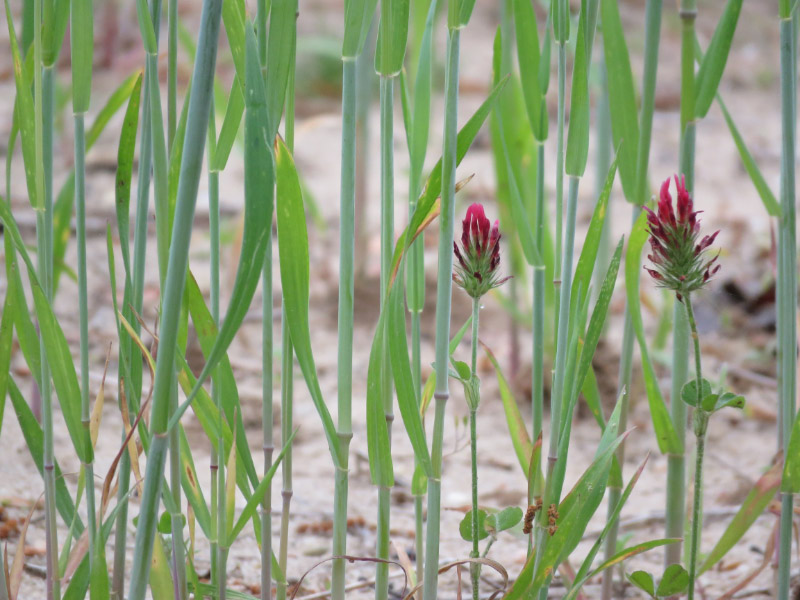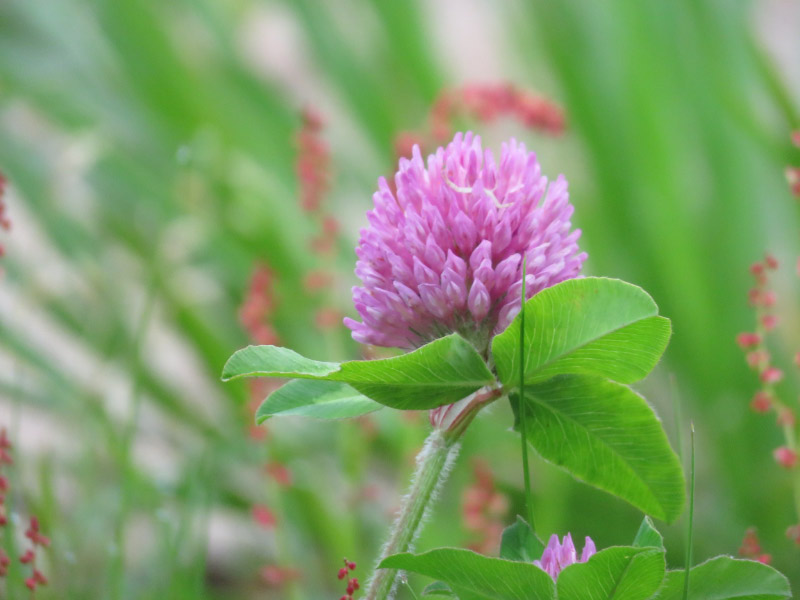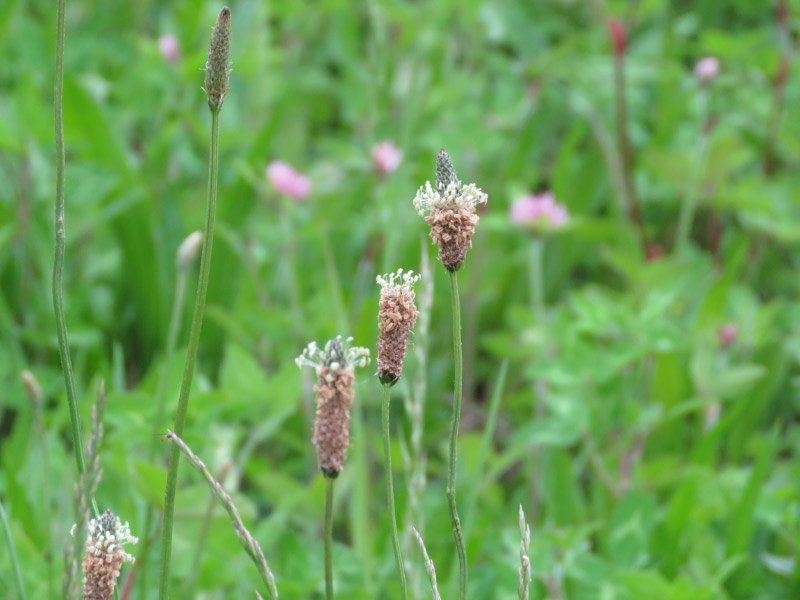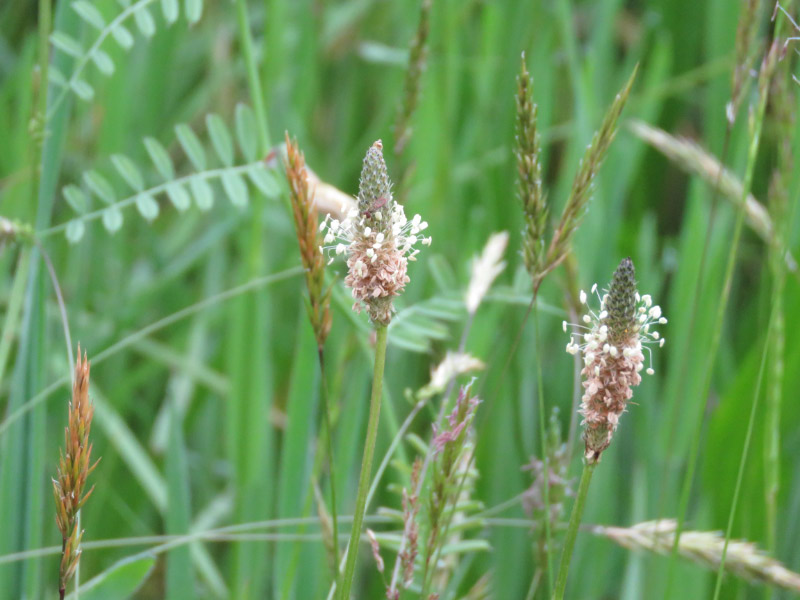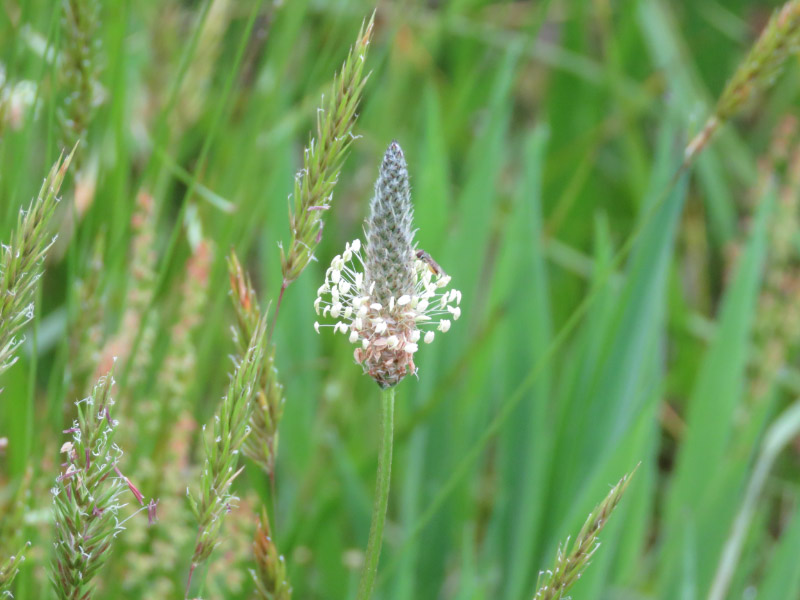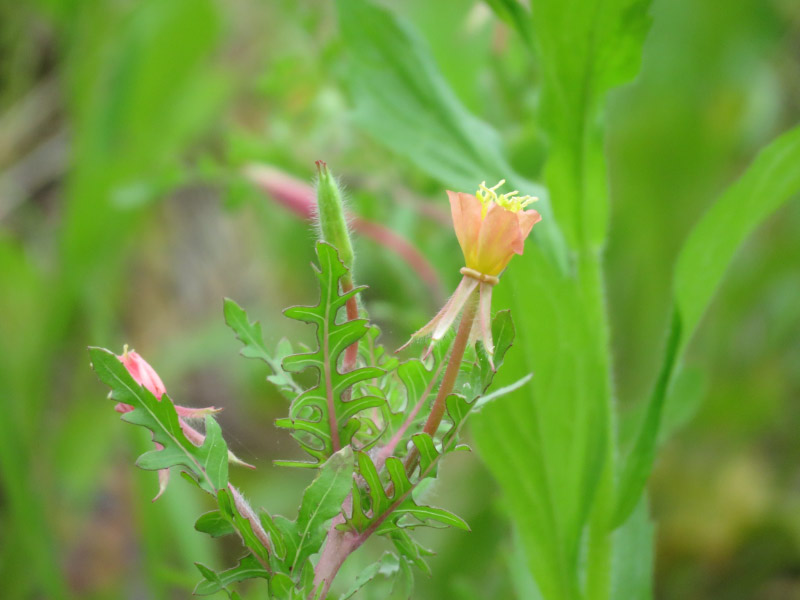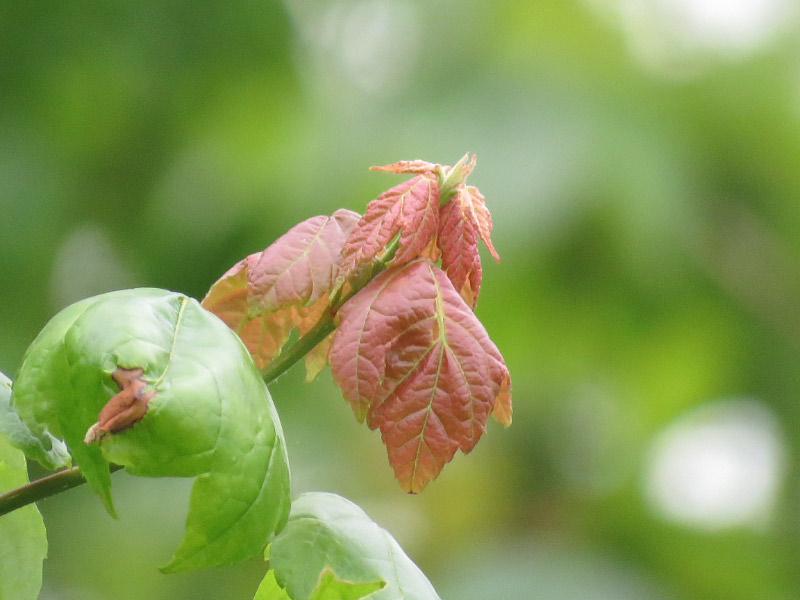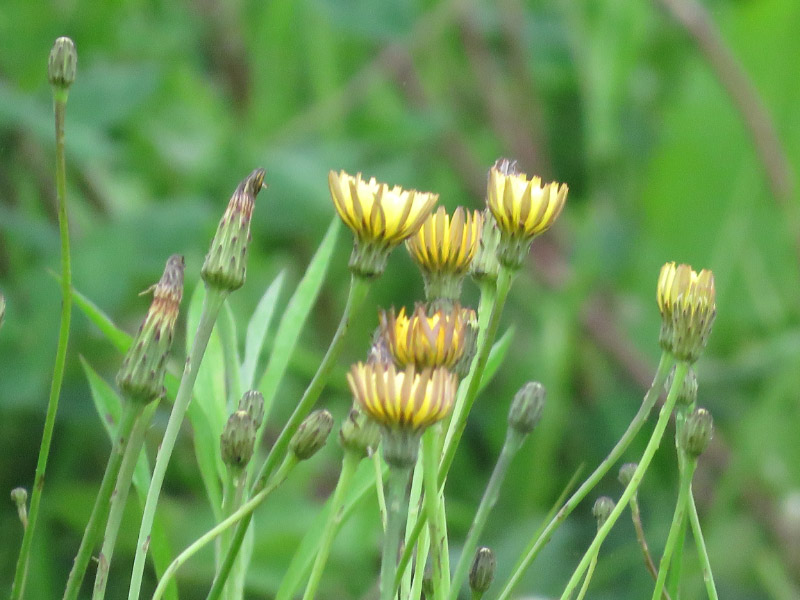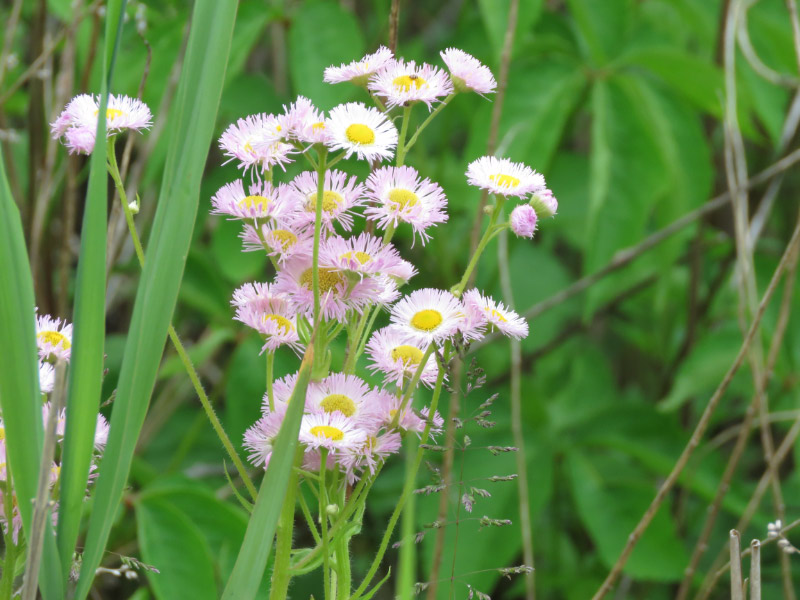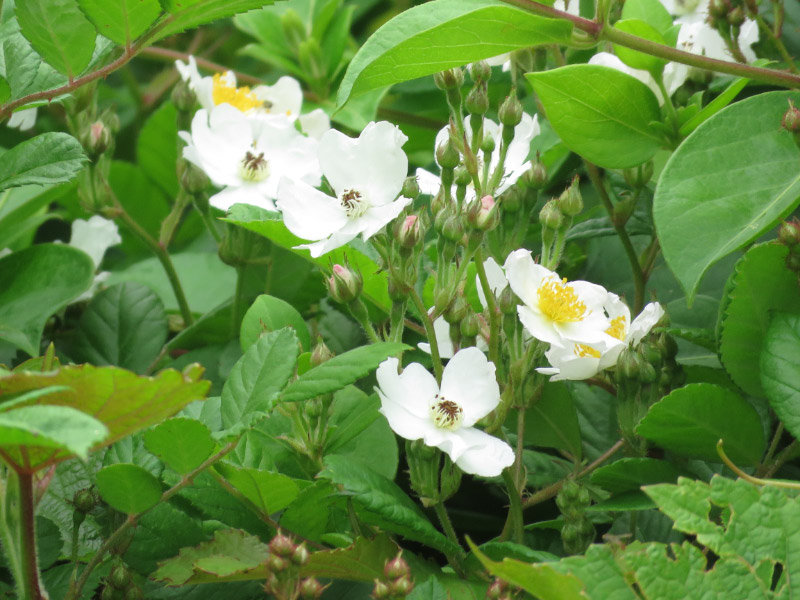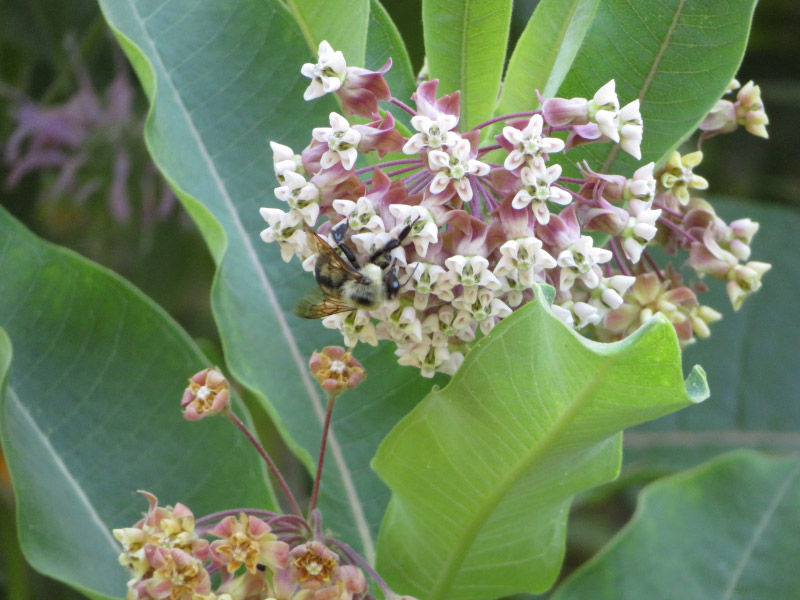Gleanings for Week Ending 6/13/2020
/The items below were ‘the cream’ of the articles and websites I found this past week. Click on the light green text to look at the article.
Why some older adults remember better than others -- ScienceDaily – The article seems to be more about the technology that enables these studies….hints at findings that may eventually be actionable.
The World’s Forests Are Getting Younger and Shorter, Research Finds - Yale E360 – This article is a little confusing. It says that ‘climate change is altering the age and structure of the world’s forests’….but it’s more than climate change. It’s also land use decisions (like logging , conversion to agriculture, introduction of invasive species) that have changed the forests. I was disappointed in the article although the last sentence seems obvious: “We as a human society are hitting these forests so rapidly with so many different changes that they can’t keep up.” Now the big question is – what are we going to do about it?
Remains of 60 Mammoths Discovered in Mexico | Smart News | Smithsonian Magazine – North of Mexico City.
Photographer Captures ISS Transiting the Sun in First Solar Photo Shoot – A challenge…requiring lots of planning, practice….and then success!
Top 25 birds of the week: LBBs - Wild Bird Revolution – Little brown birds…. they are everywhere.
Ancient Roman Mosaic Floor Unearthed Beneath Italian Vineyard | Smart News | Smithsonian Magazine – Finally returning to a site first discovered in 1922 and making this find within a week of starting excavations. The mosaic floor is well preserved a few meters below the vineyards surface and is thought to date from the 3rd century AD.
The Infant Gut Microbiome and Probiotics that Work | The Scientist Magazine® - Evidently the infant microbiome has changed in the past 100 years…even among breastfed babies. And maybe that explains some of the immunologic problems in young children. There are indications that the probiotic helps babies nutritionally and immunologically.
Two bacteria allow spittlebugs to thrive on low-nutrient meals -- ScienceDaily – One of the bacteria uses aerobic glycolysis to process glucose to synthesize 7 essential amino acids plus 2 biproducts that the other bacteria uses to create ATP to produce 3 additional essential amino acids. It’s a similar two cell type process used by cancer cells.
An Encounter with Mating Gopher Snakes – Springtime out in nature…. this article from Idaho.
The gilded mummy of Lady Isaious | Egypt at the Manchester Museum – A Graeco-Roman Period mummy from the 1st century CE.
Unique activities for yesterday:
A large Zentangle tile. I printed a page (on card stock) from The genera of the plants of the United States illustrated by figures and analyses from nature by Asa Gray and Isaac Sprague published in 1848 available from Internet Archive.
Then I used the lotus as the ‘string’ for an 8.5x11 Zentangle tile. Like most strings….it mostly vanished. It took me about three days working for short periods of time to finish. Next time I’ll use more colors so that the botanical print ‘string’ remains more visible.
--
The Zentangle® Method is an easy-to-learn, relaxing, and fun way to create beautiful images by drawing structured patterns. It was created by Rick Roberts and Maria Thomas. "Zentangle" is a registered trademark of Zentangle, Inc. Learn more at zentangle.com.



